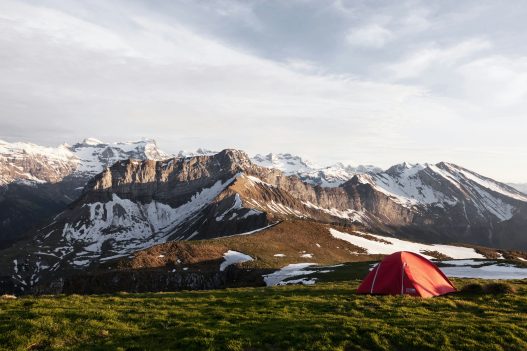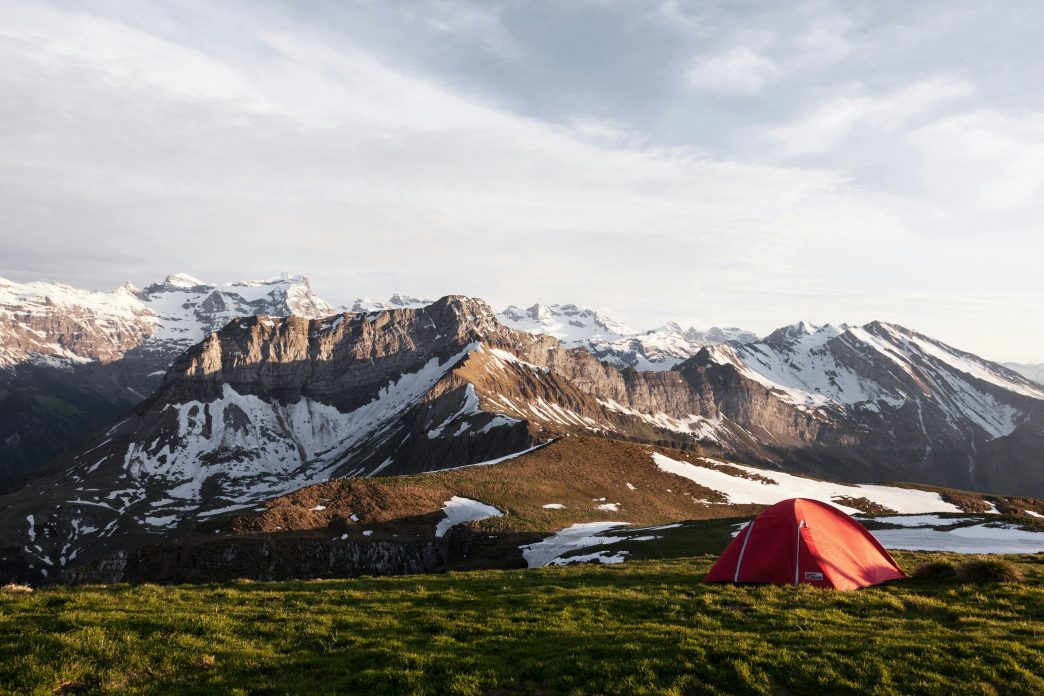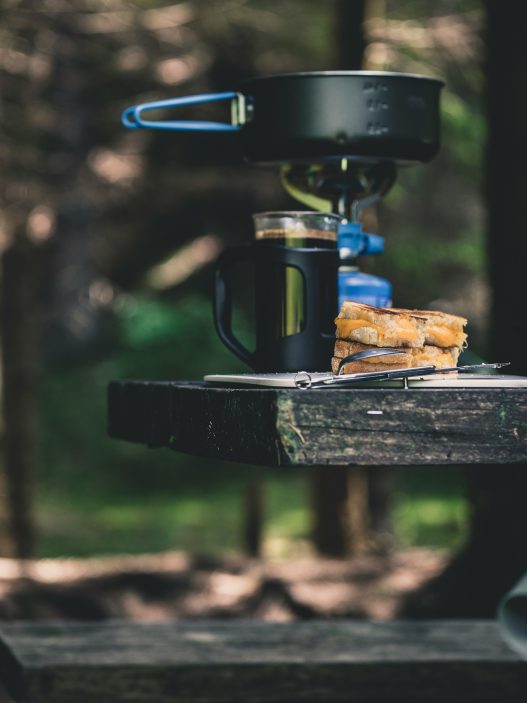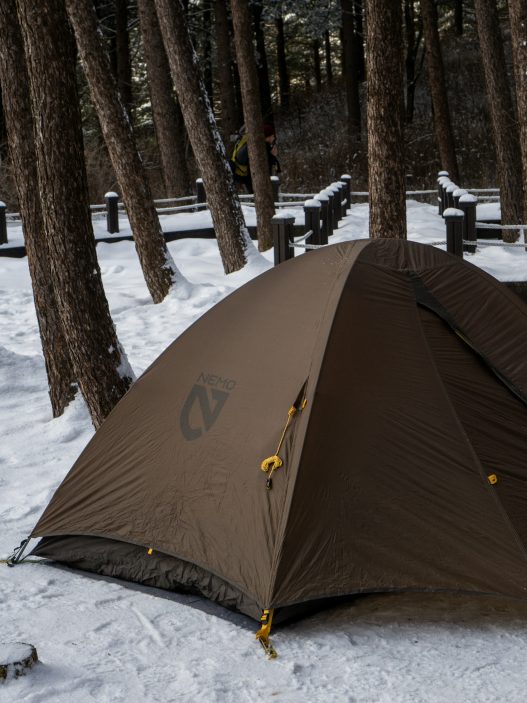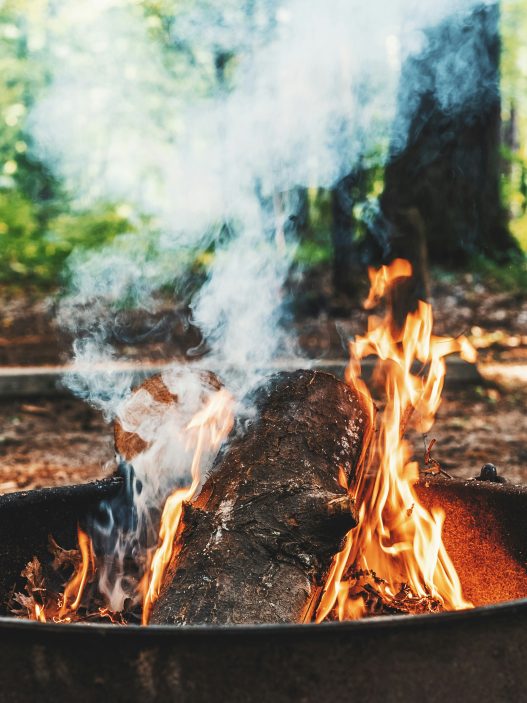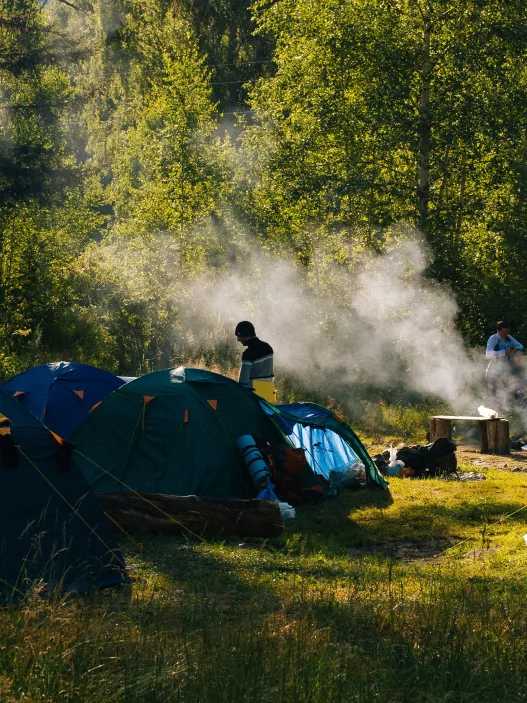Camping in cold weather presents unique challenges that require proper preparation. He or she who packs wisely can enjoy a comfortable and safe outdoor experience despite low temperatures. Understanding the essential items to bring along can make all the difference between a pleasant adventure and a struggle against the elements.
A well-chosen gear list ensures warmth, safety, and convenience during a cold-weather camping trip. From insulated sleeping bags to suitable clothing layers, these items are crucial for any camper looking to embrace the beauty of winter landscapes without compromising on comfort. Armed with the right equipment, campers can focus more on enjoying their surroundings and less on battling the cold.
Selecting the Right Sleeping Gear
Choosing the appropriate sleeping gear is crucial for maintaining comfort and warmth during cold-weather camping. This involves selecting a suitable tent, insulating sleeping bags, and efficient sleeping pads to ensure a restful night.
Choosing a Four-Season Tent
A four-season tent is designed to withstand harsh weather conditions, including heavy snow and strong winds. Look for tents made with robust materials that offer good insulation and waterproof features.
Key features include:
- Strong poles: Aluminium or DAC poles provide superior strength and stability.
- Ventilation: Multiple vents prevent condensation buildup while retaining warmth.
- Low profile: A streamlined shape reduces wind resistance.
Consider the tent’s weight and size for easy transport and adequate living space. A good four-season tent can significantly enhance the camping experience by providing a stable and warm shelter.
Insulating Sleeping Bags
Insulating sleeping bags are essential for cold-weather camping. Select a bag rated for temperatures lower than those expected during the trip. Insulation materials such as down and synthetic fill each have unique benefits.
- Down: Lightweight and compact, down insulation provides excellent warmth-to-weight ratio. Opt for high-fill power for better thermal efficiency.
- Synthetic: More affordable and retains warmth when wet. It’s a good option for humid conditions.
Make sure the sleeping bag has a snug fit, with features like draft collars and hoods to minimize heat loss. The right sleeping bag will keep the camper warm throughout the night.
Sleeping Pads for Thermal Protection
Sleeping pads play a vital role in insulating the camper from the cold ground. They provide essential comfort and help retain body heat that would otherwise be lost.
Look for pads with:
- R-Value: A higher R-value indicates better insulation. Aim for at least 4-5 for cold-weather camping.
- Thickness: A thicker pad can offer better support and insulation.
- Material: Closed-cell foam pads provide durability, while inflatable pads offer better comfort.
Choose a sleeping pad that balances weight and warmth needs. Having an effective sleeping pad ensures a better night’s sleep even in frigid temperatures.
Appropriate Clothing for Layering
Choosing the right clothing for layering is crucial for maintaining comfort and warmth during cold-weather camping. Each layer serves a specific purpose and helps regulate body temperature effectively.
Moisture-Wicking Base Layers
Base layers are essential as they sit next to the skin and manage moisture. Materials such as polyester or merino wool are effective in drawing sweat away from the body. This prevents the wearer from feeling cold due to dampness.
When selecting base layers, look for options that provide a snug fit without being restrictive. Long-sleeve tops and long johns are popular choices. They should also be lightweight to facilitate movement. Consider garments with additional features like flatlock seams to reduce chafing, especially during extended wear.
Insulating Mid Layers
Mid layers add warmth by trapping heat. Fleece, down, or synthetic insulated jackets are excellent for this purpose. These layers should be breathable to allow moisture from the base layer to escape, ensuring comfort.
A versatile mid layer can be worn as a standalone piece during less frigid conditions or layered under an outer jacket when temperatures drop. Look for options with zippers for ventilation, as well as those that pack down easily for storage. This flexibility allows for on-the-go adjustments to match the camping environment.
Waterproof Outer Layers
An outer layer is essential for protection against wind and precipitation. Waterproof jackets should feature breathable fabrics like Gore-Tex to prevent overheating while keeping rain and snow at bay. The fit should accommodate layers underneath without being too baggy.
Features such as adjustable hoods, cuffs, and hems enhance functionality in variable weather. Look for jackets with reinforced seams and waterproof zippers for added durability. An effective outer layer serves as a final shield against harsh conditions, keeping the camper dry and comfortable throughout their outdoor adventure.


